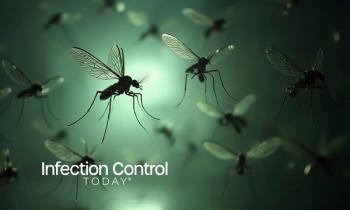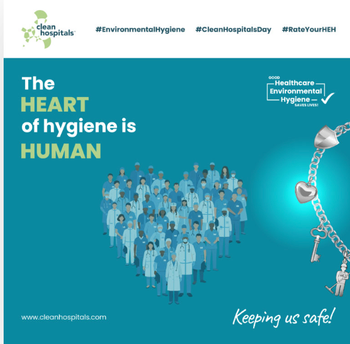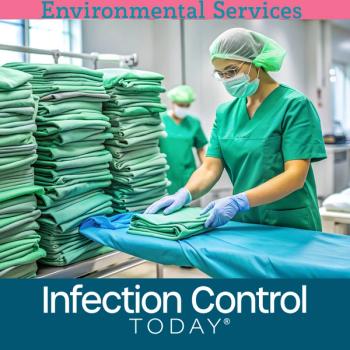
Getting Down and Dirty With PPE: Presentations at HSPA by Jill Holdsworth and Katie Belski
In the heart of the hospital, decontamination technicians tackle one of health care’s dirtiest—and most vital—jobs. At HSPA 2025, 6 packed workshops led by experts Jill Holdsworth and Katie Belski spotlighted the crucial, often-overlooked art of PPE removal. The message was clear: proper doffing saves lives, starting with your own.
For sterile processing decontamination technicians, wearing proper personal protective equipment (PPE) and wearing it correctly is imperative. They have a very “dirty job,” but somebody has to do it.
Hats off to these behind-the-scenes, yet oh-so-important, health care workers who have one of the most crucial jobs in the industry.
Recently, at the Healthcare Sterile Processing Association’s Annual Conference in Louisville, Kentucky, from April 26 to 29, 2025, 6 back-to-back workshops generated numerous questions and suggestions from decontamination technicians and managers from throughout the country.
Jill Holdsworth, CIC, FAPIC, NREMT, CRCST, CHL; and Katie Belski, BSHCA, CRCST, CHL, CIS, CER, taught the workshops to reinforce that proper PPE steps in sterile processing and decontamination contribute to patient safety and the prevention of the spread of infections.
These technicians work with harmful chemicals that can cause burns and every germ imaginable. Wearing the proper PPE is emphasized and reinforced repeatedly because it is crucial to staying safe. Decontamination technicians must be knowledgeable about all procedural equipment, surgical tools, and various PPE items.
It’s a tiring job, Holdsworth said. For an 8-hour work shift, they stand at a sink, hot and sweating with all the PPE, knowing they are handling harmful contaminants. They are usually in a hurry to remove the PPE, she said, but proper “doffing,” or removal, always takes precedence.
It is not new information, Holdsworth reminded the attendees, but most definitely needs to be repeated and updated regularly.
In all 6 workshops, volunteers were given a PPE package that included a gown, shoe covers, gloves, hair cover, mask, and face shield. Then, a mixture of water and Glo Germ was sprayed on various protective pieces. The lights were dimmed, and black light flashlights illuminated the spray droplets. Volunteers then carefully removed the PPE in an attempt not to contaminate their skin, hair, or clothing. Again, black lights revealed contamination in areas previously thought to be protected.
“I don’t care as much about your ‘donning,’ but ‘doffing,” is critical, Holdsworth reminded. Most of the contaminated areas in the workshop experiments were caused during the removal of PPE.
Although patient safety is the mission, protecting the decon team itself from harmful contaminants is just as important. “You don’t want to take any of this home to your families,” Holdsworth said. “You are important.”
As diverse as the approximately 150 personalities in the 6 workshops, so were the questions, methods, and suggestions, resulting in priceless interaction. However, the standards include following the manufacturer’s instructions for use, adhering to your facility’s policies, and training on new materials.
Much of the group discussion focused on the proper steps for removal of PPE, the mistakes the volunteers made, and how to take those steps differently. There were differences because of various facility policies, but also suggestions to challenge some of these policies.
“It is so good to see health care workers, in this industry that is so complex, with such a desire to improve their specific areas for an end result of stopping the spread of infection,” Holdsworth said. “And health care is ever-changing, so training and education and reminders are so important and must be ongoing,” she said.
“The takeaway from our workshop is that participants can go back to their departments and assess their PPE,” Belski said. “Things like where it's stored, the pathway to access it, and what is available. It was exciting to receive feedback from some attendees that they planned on conducting a similar workshop with their teams.”
The decontamination technicians typically don’t receive the hugs and thank-yous, but they are unsung heroes tucked away in a hospital corner somewhere, performing one of the dirtiest jobs—a job that protects all of us.
Newsletter
Stay prepared and protected with Infection Control Today's newsletter, delivering essential updates, best practices, and expert insights for infection preventionists.





